In today's digital landscape, a well-constructed web presence is essential for businesses seeking to thrive and remain competitive. Phosphor is at the forefront of this transformation, providing a spectrum of services that cater to the ever-evolving needs of the online world.
Elevating User Experiences
Our proficient team excels in UX/UI design. We transform ideas into visually appealing page designs, optimising transaction processes for an intuitive online journey.
Content Management and Digital Experience
We simplify content management with user-friendly content management systems (CMS) and offer robust Digital Experience Platforms (DXP) for complex needs. We also excel in bespoke development.
Seamless Integration
When it comes to integration, Phosphor is adept at connecting your digital ecosystem. We offer seamless integration with various systems, including accounting, ERP, third-party, and even legacy or in-house systems.
Expertise Meets Innovation
At Phosphor, our experienced team of digital designers and developers, supported by a dedicated support and dev ops team, keeps your online presence secure and up-to-date. Our focus on industry trends ensures tailored web solutions.
Phosphor is your trusted partner for achieving digital excellence. Whether you're a start-up or an established enterprise, we offer user-centric design, innovation, and seamless integration to elevate your digital presence.
Some of our Web Development projects
Explore our services below to unlock your digital potential
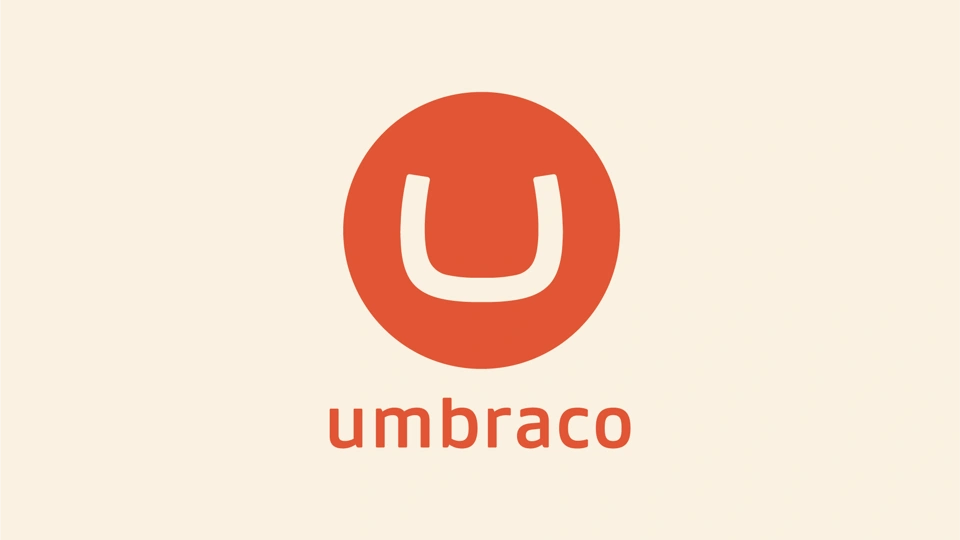)
Umbraco CMS Development
)
eCommerce
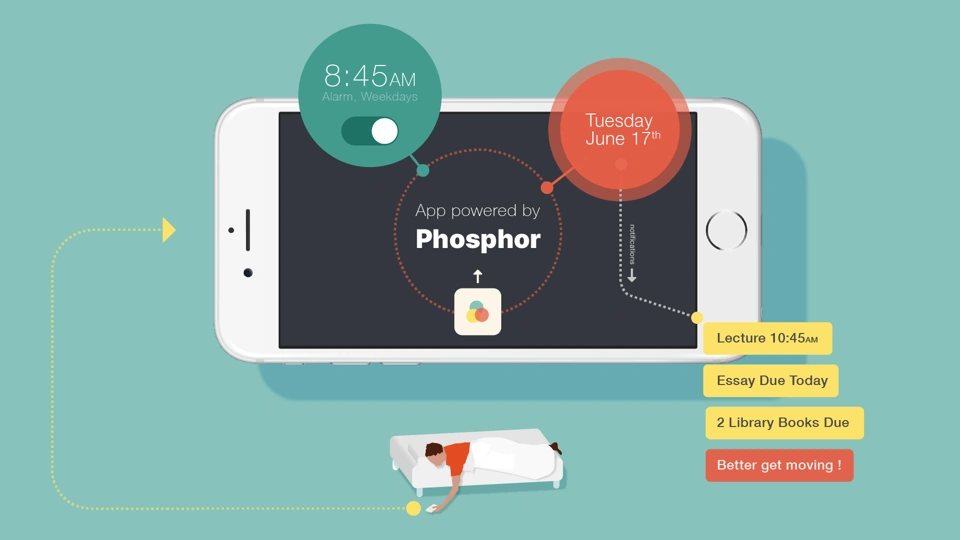)
Web Application Development
)

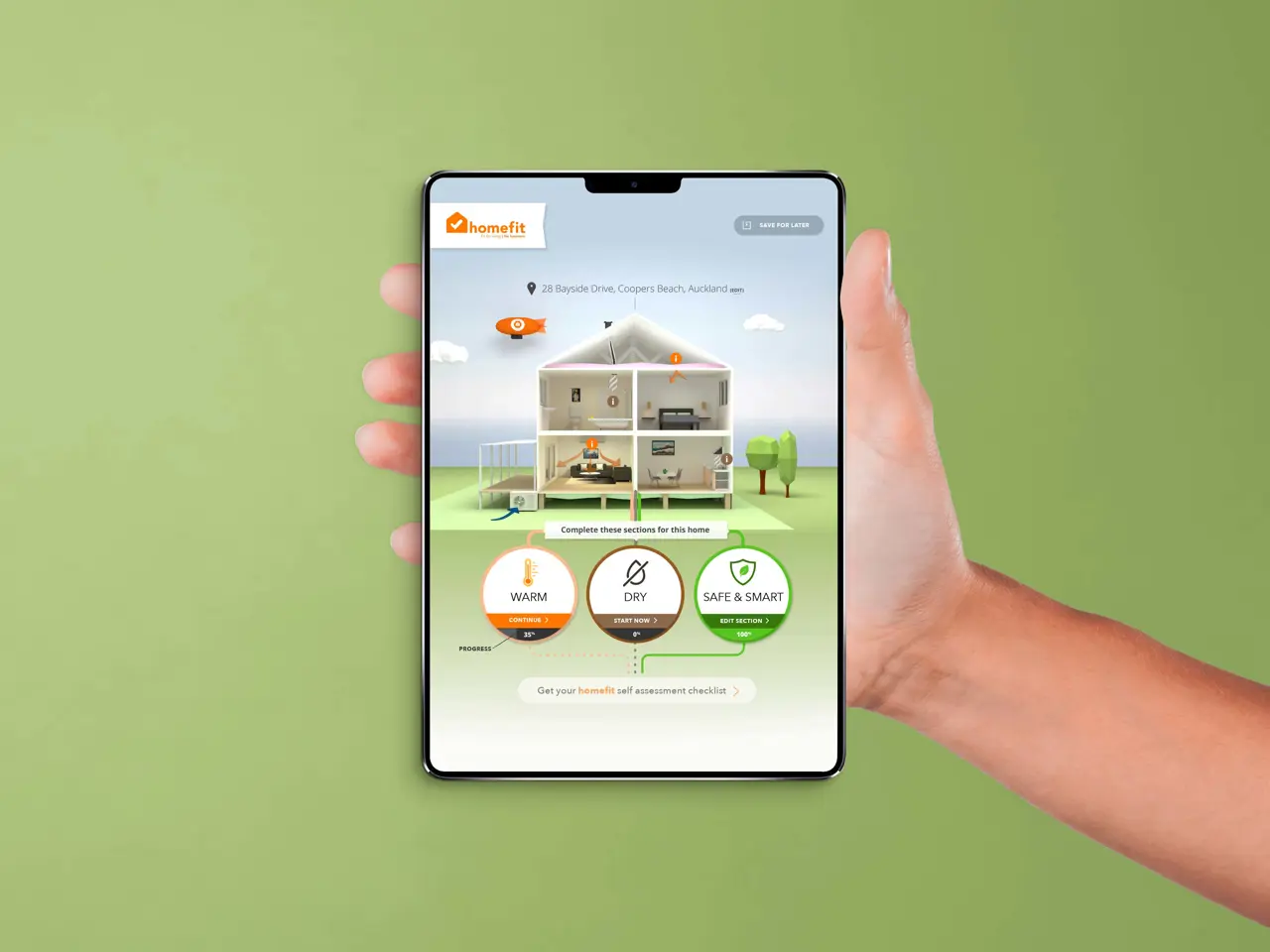
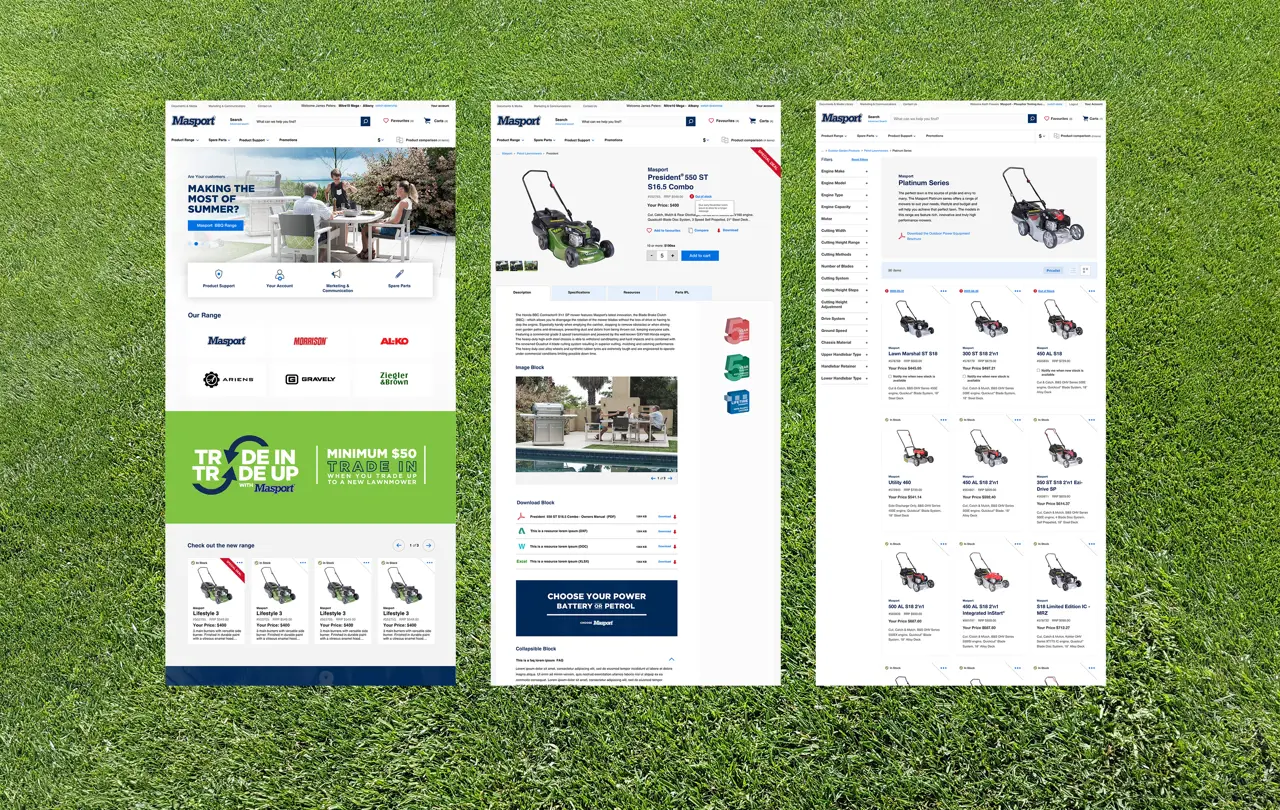
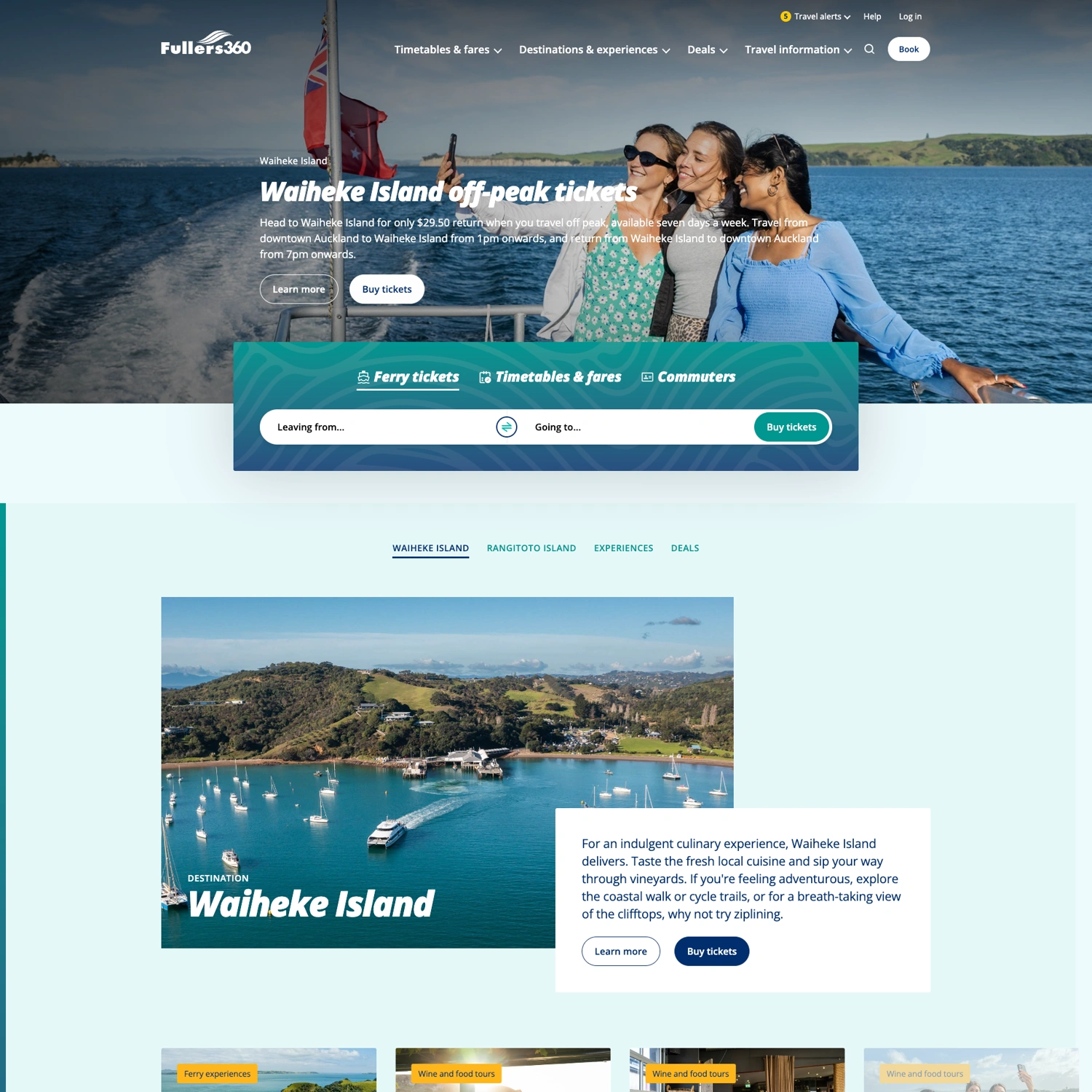)